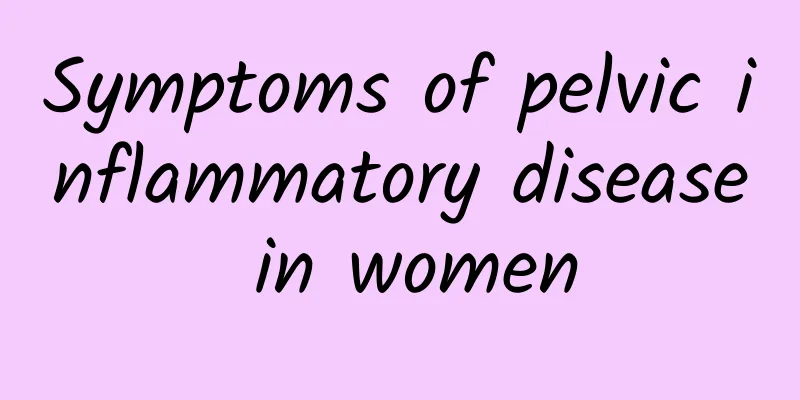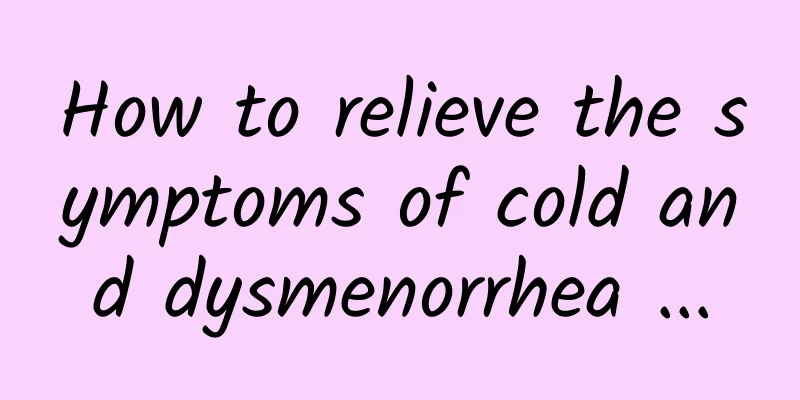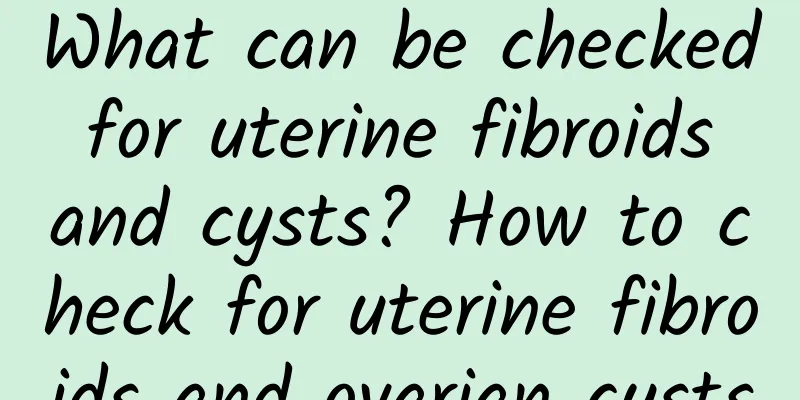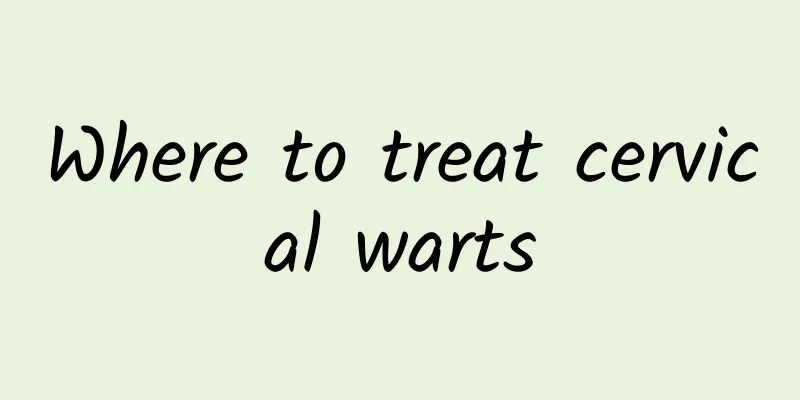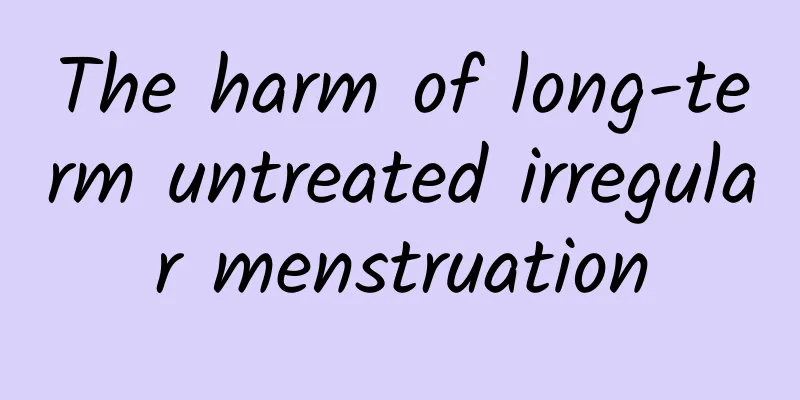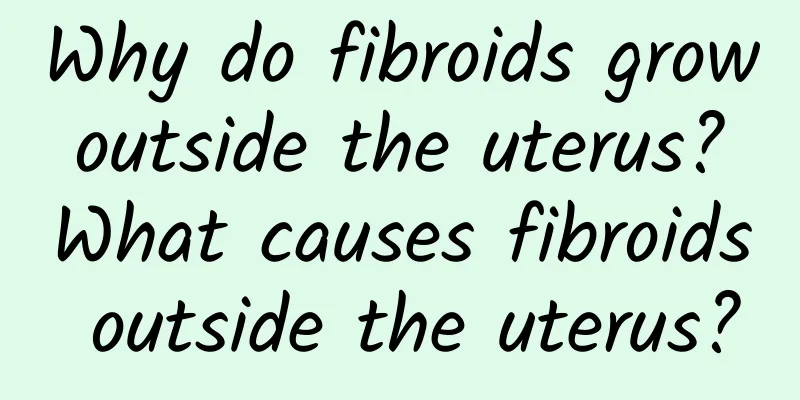Experts explain the precautions for fumigation treatment of chronic pelvic inflammatory disease

|
Fumigation is currently a common method for treating chronic pelvic inflammatory disease. It is relatively effective in treating chronic pelvic inflammatory disease, but there are some things that need special attention. What are the precautions for fumigation treatment of chronic pelvic inflammatory disease ? The following is a list of common precautions for fumigation treatment of chronic pelvic inflammatory disease. In general, common fumigation treatment of chronic pelvic inflammatory disease precautions are: 1. The temperature of the liquid medicine must be strictly controlled during fumigation. The temperature should be moderate. Too high temperature can easily burn the skin, while too low temperature will affect the efficacy (generally 40-50℃ is appropriate). When fumigating and washing to treat chronic pelvic inflammatory disease, if the temperature of the medicine is too high, you can wait for a while before fumigating, or increase the distance and try it slowly. It is appropriate to keep it moderate. But do not add cold water to cool it down. When the liquid medicine is warm (not hot or tolerable), wash, bathe, soak, and soak. 2. Patients with chronic pelvic inflammatory disease should keep warm when bathing, avoid cold and wind, and dry their skin immediately after bathing to avoid wind after bathing. In winter and autumn, the bathing place should be warm and windproof. After fumigation and medication, patients with chronic pelvic inflammatory disease should dry their skin and stay in a closed room for 15-30 minutes to avoid wind and cold. 3. Choose the right time for fumigation. Patients with chronic pelvic inflammatory disease should not fumigate within 30 minutes before or after meals; bathing on an empty stomach is prone to hypoglycemia shock; bathing on a full stomach after a meal will affect food digestion and absorption. The rest of the time is fine. 4. Pay attention to changes in the condition at any time. If it is effective, continue to use the medicine until you are cured. If it is ineffective or reversible, you should change the treatment method of chronic pelvic inflammatory disease at any time. If this method is effective in treating chronic pelvic inflammatory disease, you should continue to use the medicine until you are cured. Do not stop using it, which will affect the efficacy. The above is an introduction to the common precautions for fumigation and washing to treat chronic pelvic inflammatory disease. I hope it will be helpful to everyone. Patients with chronic pelvic inflammatory disease should choose a treatment method that suits them according to their actual condition and should not choose blindly. |
<<: Experts explain the relationship between chronic cervicitis and sexual life
>>: Dietary taboos for chronic cervicitis
Recommend
Emergency contraceptive pills do not increase the risk of ectopic pregnancy? No method will
In fact, emergency contraceptive pills and ectopi...
What is the cause of cervical erosion and congestion?
Cervical erosion generally refers to ectopic cerv...
Reduce sugar intake and you won’t feel hungry, which helps you lose weight and fight aging! Get rid of bad eating habits and regain your health. Master the five stages of reducing sugar in your diet
As the saying goes, "Diseases come from the ...
What should I do if I have cervical erosion? What should I pay attention to during sexual life?
Many women go for gynecological examinations. The...
Abortion methods for 3-6 months of pregnancy
The methods of abortion for pregnancy 3-6 are: (I...
Understand the 4 harms of vulvar leukoplakia to patients
Vulvar leukoplakia is the degeneration of vulvar ...
What are the treatments for vaginitis?
What are the treatments for vaginitis? Vaginitis ...
Traditional Chinese medicine heating compress is effective in treating dysmenorrhea
Dysmenorrhea is not just mild pain during menstru...
What are the causes of irregular menstruation? Several factors that cause irregular menstruation
Menstruation is something that girls have every m...
How to treat bleeding in female cervicitis? Three methods to easily deal with cervicitis bleeding
Bleeding from cervicitis can be treated with gene...
Mechanical stimulation is the main cause of cervicitis
Cervicitis is a common disease among women of chi...
Detailed explanation of the symptoms of acute pelvic inflammatory disease and chronic pelvic inflammatory disease
What are the symptoms of pelvic inflammatory dise...
What foods should patients with cervical warts not eat?
If people want to maintain the normal functioning...
Fatigue and can’t get rid of your belly? Regulate hormones in 3 weeks to activate youth and delay aging
No matter how much you sleep, you still feel tire...
Call me the star of tomorrow successfully lost weight and showed off her slim figure
"We are all rising stars!" More than 20...


